Text: Stuart Ure
In August of 2000, a mushroom known as the Honey Mushroom (Armillaria ostoyae ) was uncovered in the state of Oregon. Nothing out of the ordinary – the mushroom species itself isn’t much of a rarity in North America. What does, however, make this particular mushroom interesting is its size. Scientists estimate that it is roughly 3.5 miles across and is the equivalent in size to 1,665 football fields. At nearly 2400 years of age, it has been classified as the world’s largest living thing. “What does this have to do with a 49-year-old Japanese B-Movie”, you might ask?
The fact that the Oregon “monster mushroom” wasn’t discovered until just over a decade ago opens up a plethora of possibilities. What if there were other places on the planet where strange unknown fungi existed? What if a seemingly uninhabited place, oh… say, an island somewhere in the Pacific was to accidentally be stumbled upon by, oh… say, a group of a half dozen or so castaways adrift on a storm damaged luxury yacht. In 1963, Toho (the studio that invented the giant monster in the rubber lizard suit genre) released, Matango. It’s an unlikely release for the production house that brought us, Godzilla and Mothra however, but in the wake of Nagasaki & Hiroshima a few decades earlier; it doesn’t fail to become a mild dissertation on the evils of the atomic age.

 The film begins in a mental institution in Tokyo. The lone survivor of a tragic yachting disaster details the story of his odyssey, all the while assuring the tending physician that his story is in fact true and should not be taken as the mad ramblings of a traumatized lunatic.
The film begins in a mental institution in Tokyo. The lone survivor of a tragic yachting disaster details the story of his odyssey, all the while assuring the tending physician that his story is in fact true and should not be taken as the mad ramblings of a traumatized lunatic.
The Aho Dori, a luxury yacht, owned by a wealthy Japanese celebrity, sets sail on a pleasure cruise with four other passengers: a writer, a singer, a professor and his student (an obvious love interest of his) and the yacht’s skipper and first mate. After a violent storm cripples their vessel they are left to drift for days on end until they discover the outline of a small island in the distance. Somehow they manage to anchor off shore and the group begins to explore the island in search of food and water. They discover evidence of human inhabitance along their way – they also uncover massive deposits of mushroom and fungus growing within the island’s damp primordial rainforest. In time, they come across an abandoned research vessel on the other side of the island – there’s no sign of anyone having been there in years. Inside the ship’s hold they find a limited number of canned goods but what is truly puzzling is the inch thick coating of mold coating everything inside. Within the captain’s quarters, they discover the ship’s log buried under a massive amount of fungal growth. It is revealed that the vessel was conducting tests on the polluted radioactive waters surrounding the island – they suspect that mutations in the flora and fauna of the island have occurred. Upon discovering tanks of carbolic acid, they set about cleaning the inside of the ship, eventually setting up house while they attempt to repair their damaged yacht, still moored on the other side of the island.
Food supplies grow short, infighting begins and eventually the wealthy celebrity’s sense of entitlement leads him to steal food from the hold while the others sleep. On one occasion, his nightly raid on the stores is interrupted by something moving throughout the vessel. Wet, sloppy footsteps wake the others and soon a hideously deformed human confronts them in the galley. In a strained whisper, the creature says, “Eat” before being chased off by the disbelieving castaways.
Food continues to dwindle and fruitless attempts are made at hunting (the seabirds are shown to be consciously avoiding the island). Foraging for turtle eggs and what natural vegetation they can find proves to provide little in sustenance for some. The writer, who has been very vocal about the limited fare available for consumption, secretly begins eating the mushrooms on the island, in spite of the skipper’s warnings of their possible toxicity earlier.
The writer’s behavior begins to become erratic. He is quick to anger and he becomes romantically fixated on the singer. As his sanity thins, things reach a boiling point and violence ensues. After killing the first mate in a scuffle, the writer and the singer flee deep into the island. The skipper makes the case that the remaining survivors must leave the island and take their chances on the sea. When no one agrees, he leaves alone. Perhaps having second thoughts, the celebrity decides to join the skipper on the damaged yacht. There he discovers the skipper’s suicide note written on a wall – he has thrown himself overboard, faulting his inadequacies as a leader as the reason everything has gone to shit.
On his way back the celebrity comes across the singer who lures him deeper into the forest. In the deep, thick fungal growth of the rainforest he discovers what happened to the researchers. The mushrooms possess an incredibly addictive quality and all that consume them begin to mutate and sprout toadstools from their flesh, inevitably becoming hideously swollen creatures covered in massive growths of fungus. The celebrity is overrun by the mutations.

The professor and his student, the only survivors left are attacked in force. The student is taken and the professor makes an attempt at rescue only to discover she has eaten the mushrooms and has succumbed to their effect. He flees to the yacht and manages to cast himself adrift once again where he eventually is rescued and placed in the psychiatric ward of a Tokyo hospital.
The tale concludes with the professor pining for his lost love, the student – regretting that he didn’t stay with her and eat the mushrooms there with her on the island… instead of eating the mushrooms he’d found onboard the drifting vessel. He turns to the camera, revealing a face half covered in mushrooms.
I first saw Matango (released in the US as Attack of the Mushroom People) on television when I was a kid some 37 years ago. It aired on the CBS affiliate in Detroit on the locally produced, Sir Graves Ghastly program. The show was broadcast every Saturday afternoon (live simulcasts of college football eventually forced it’s cancellation in ‘82). I recall being completely sickened by it. So much so that I still felt somewhat nauseated re-watching it for this review. Anyone with a fear of mold in their house or an obvious dislike of mushrooms in general would be well served if they avoided seeking this one out. I swear at times I could smell the mildew.
The movie itself is nothing remarkable or groundbreaking but it does provide some genuine creeps at times and doesn’t get lost in translation with the dubbed American voice acting. Do yourself a favor on the next rainy afternoon when you’re looking to kill 90 minutes, order in a large pizza with extra mushrooms, dim the lights and enjoy this campy spore-laden offering from Japan. It’s not Citizen Kane, but for a psychotropic romp in a radioactive rain forest, you can’t get much better.
As Sir Graves used to say, “So, my dears, turn out your lights… Draw the drapes… Pull down the shades… Cuddle up on your favorite spot by the telly, and glue your little eyes to the monitor for today’s tale of terror!”




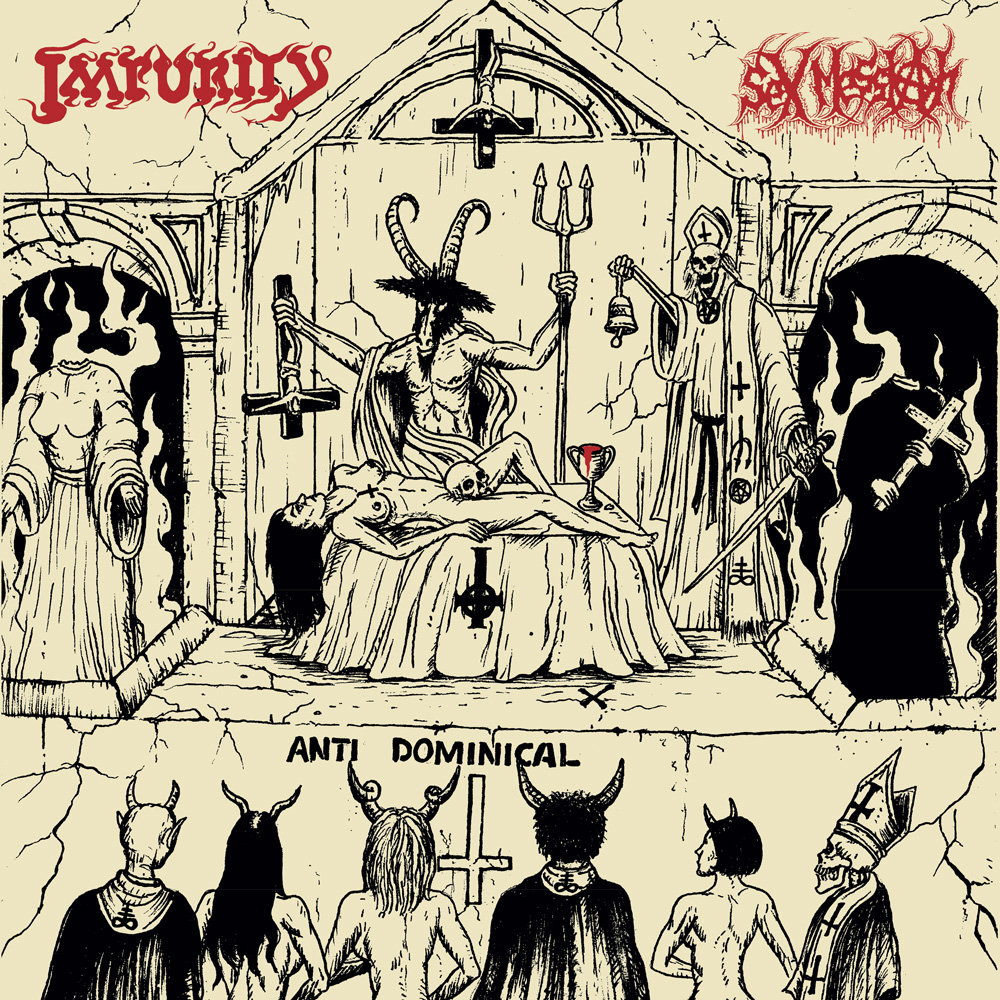

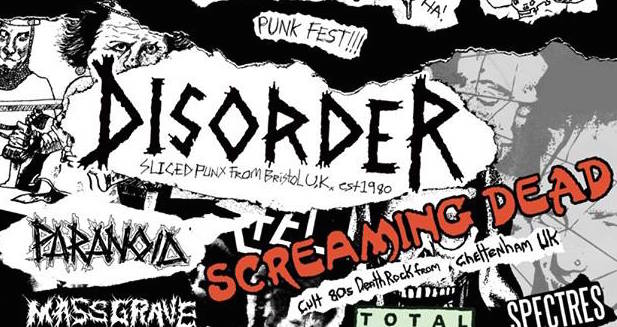

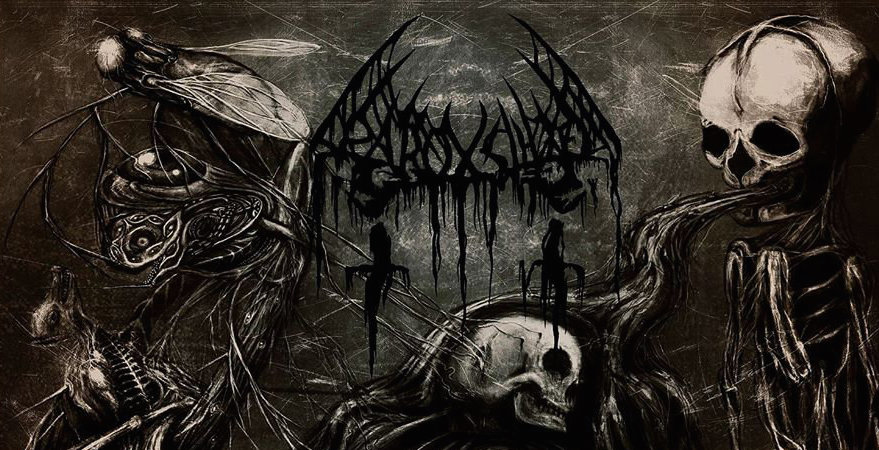
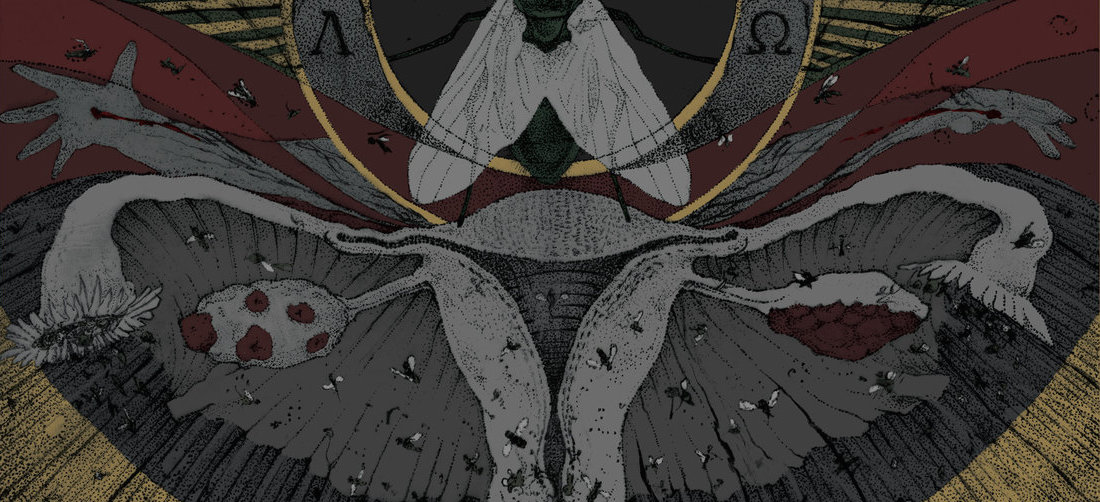

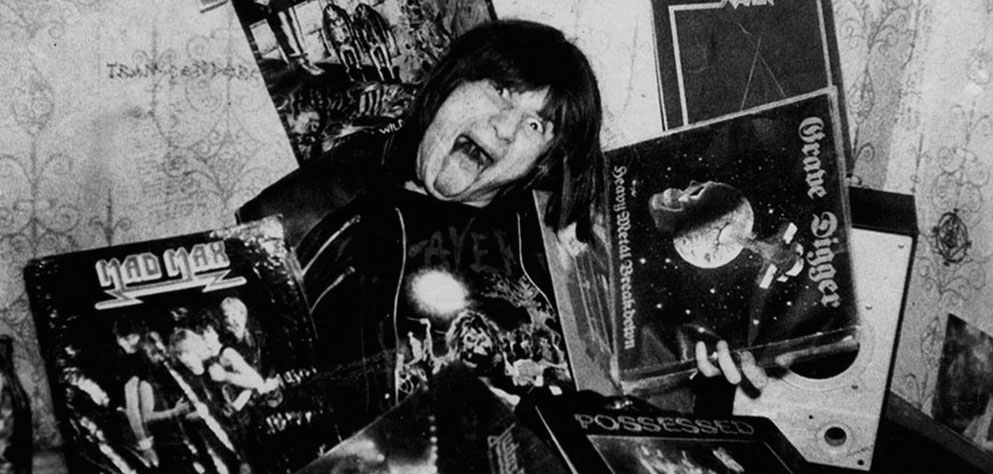








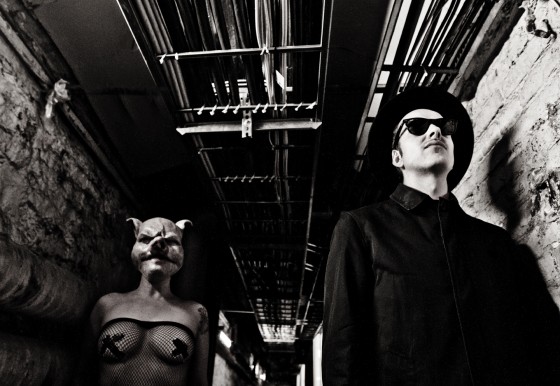


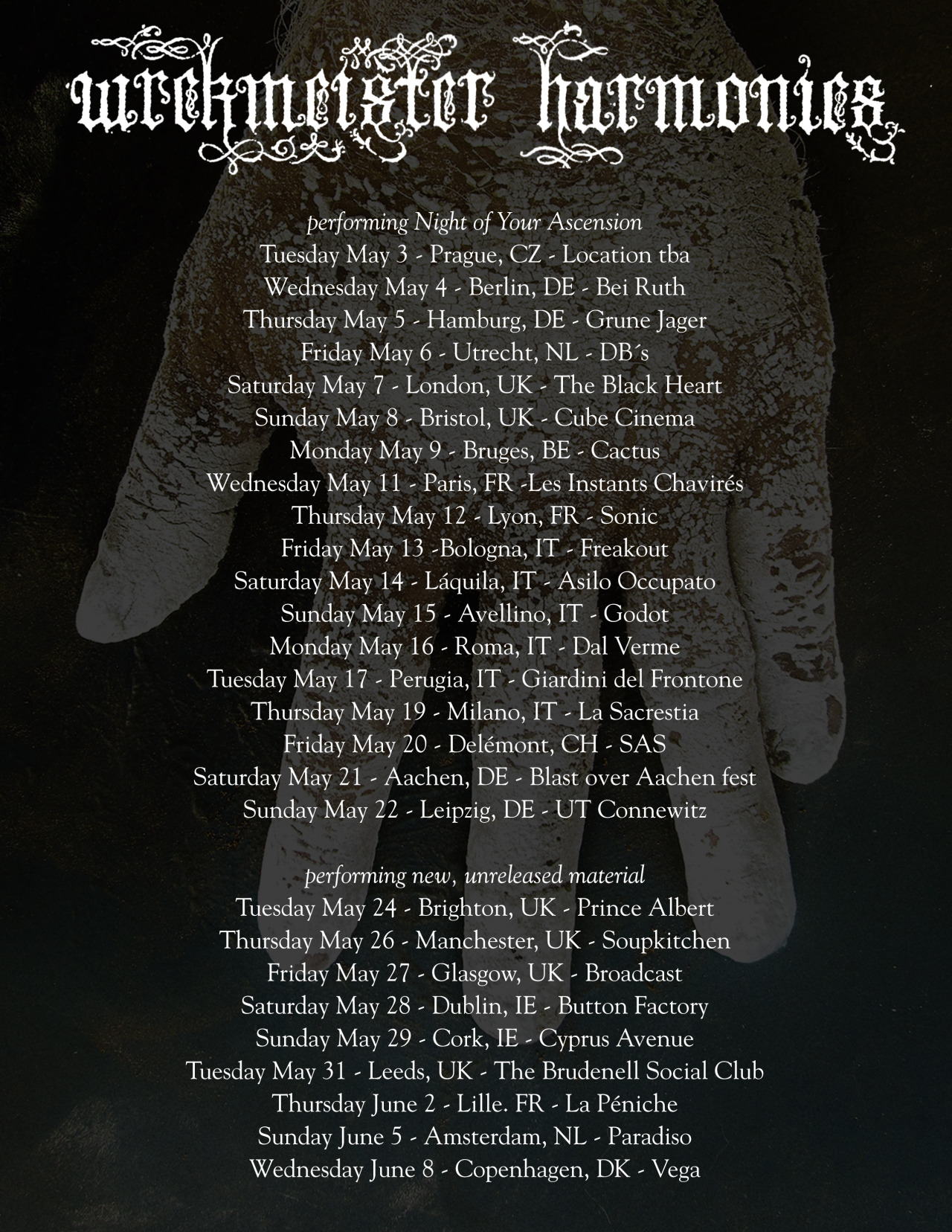
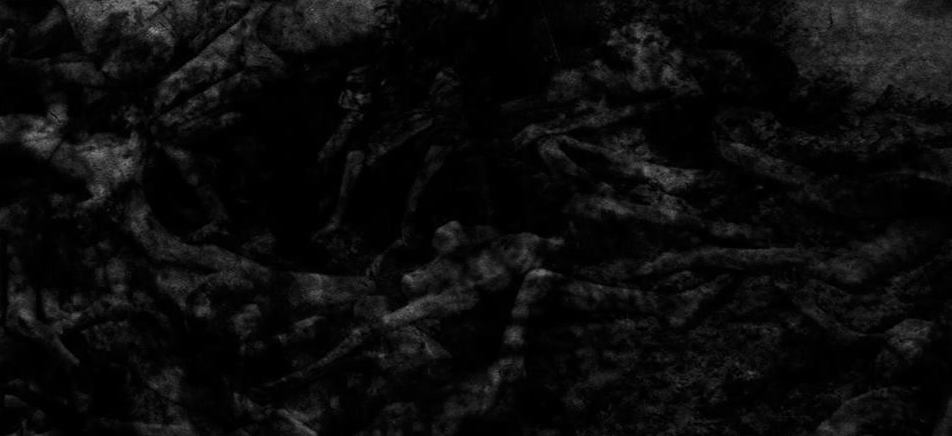



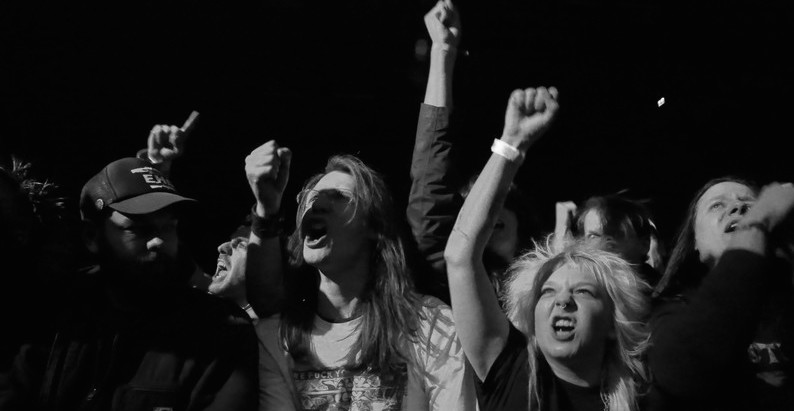
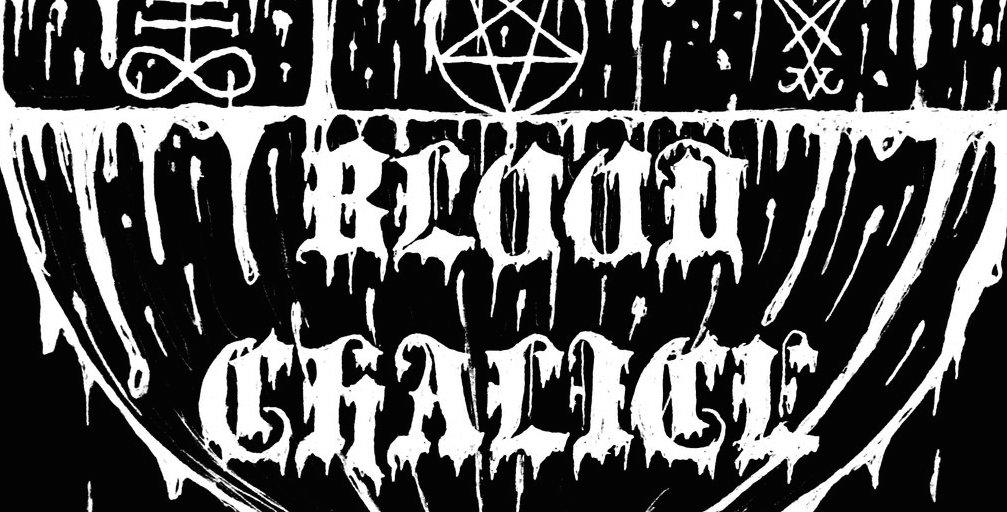
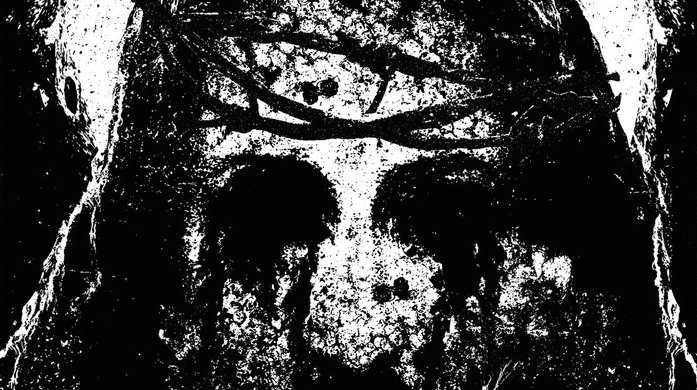




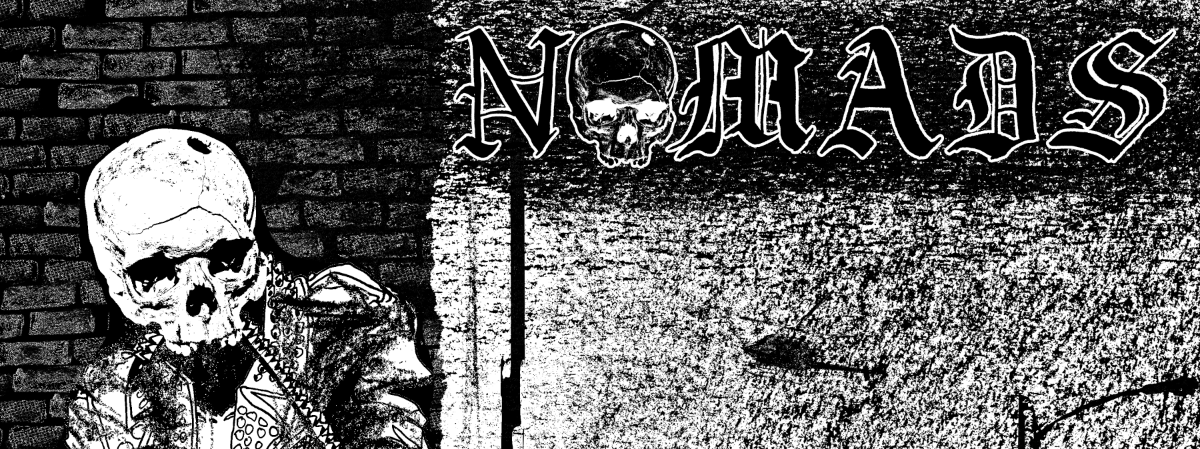




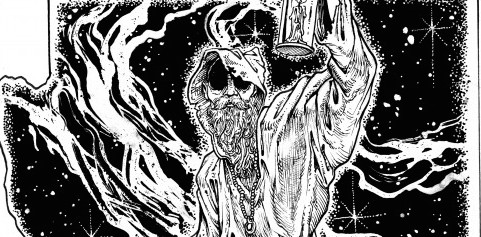
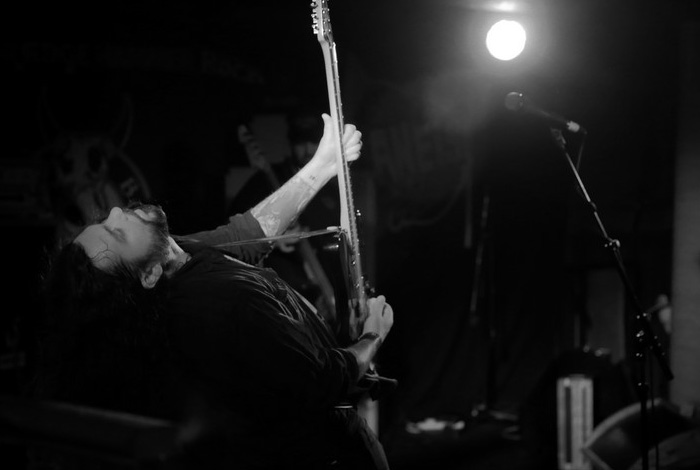




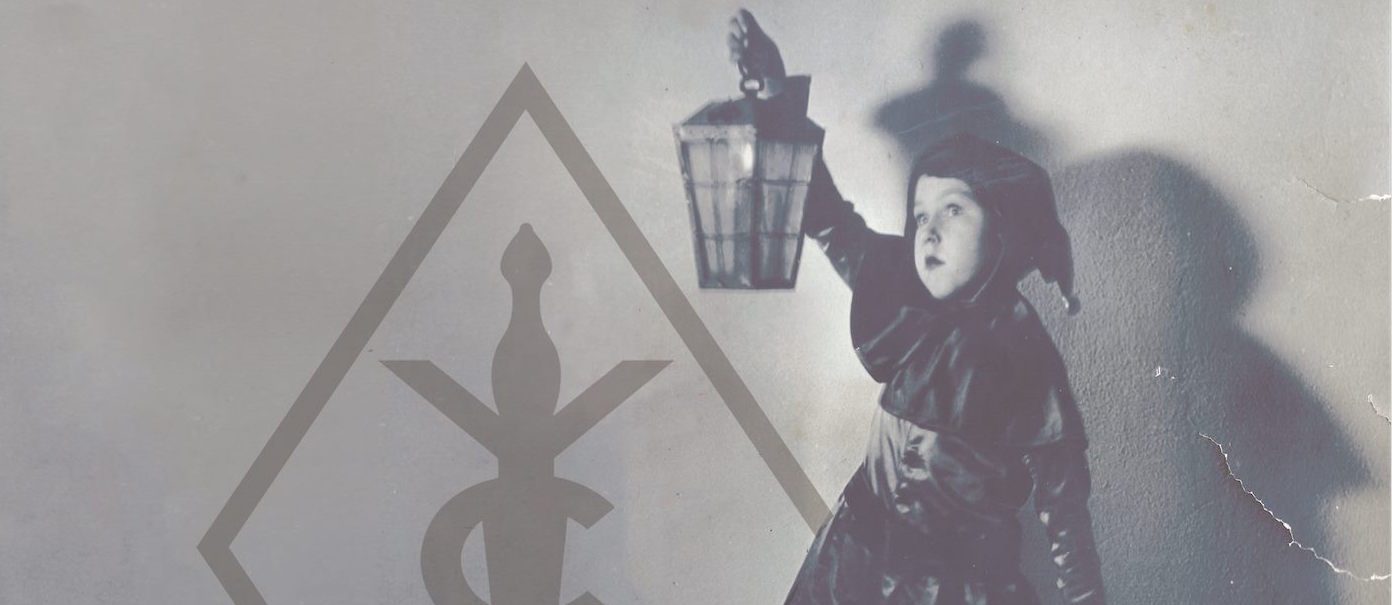



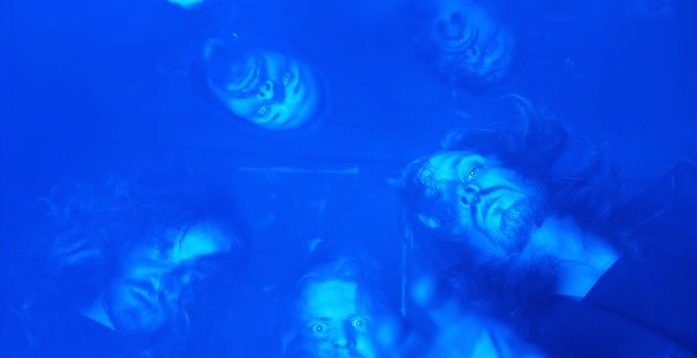
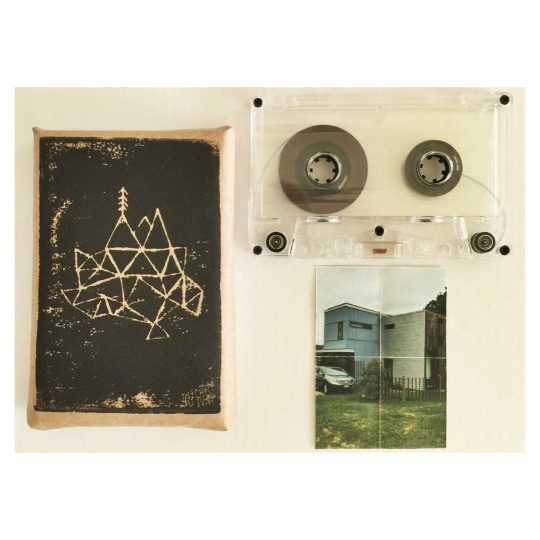
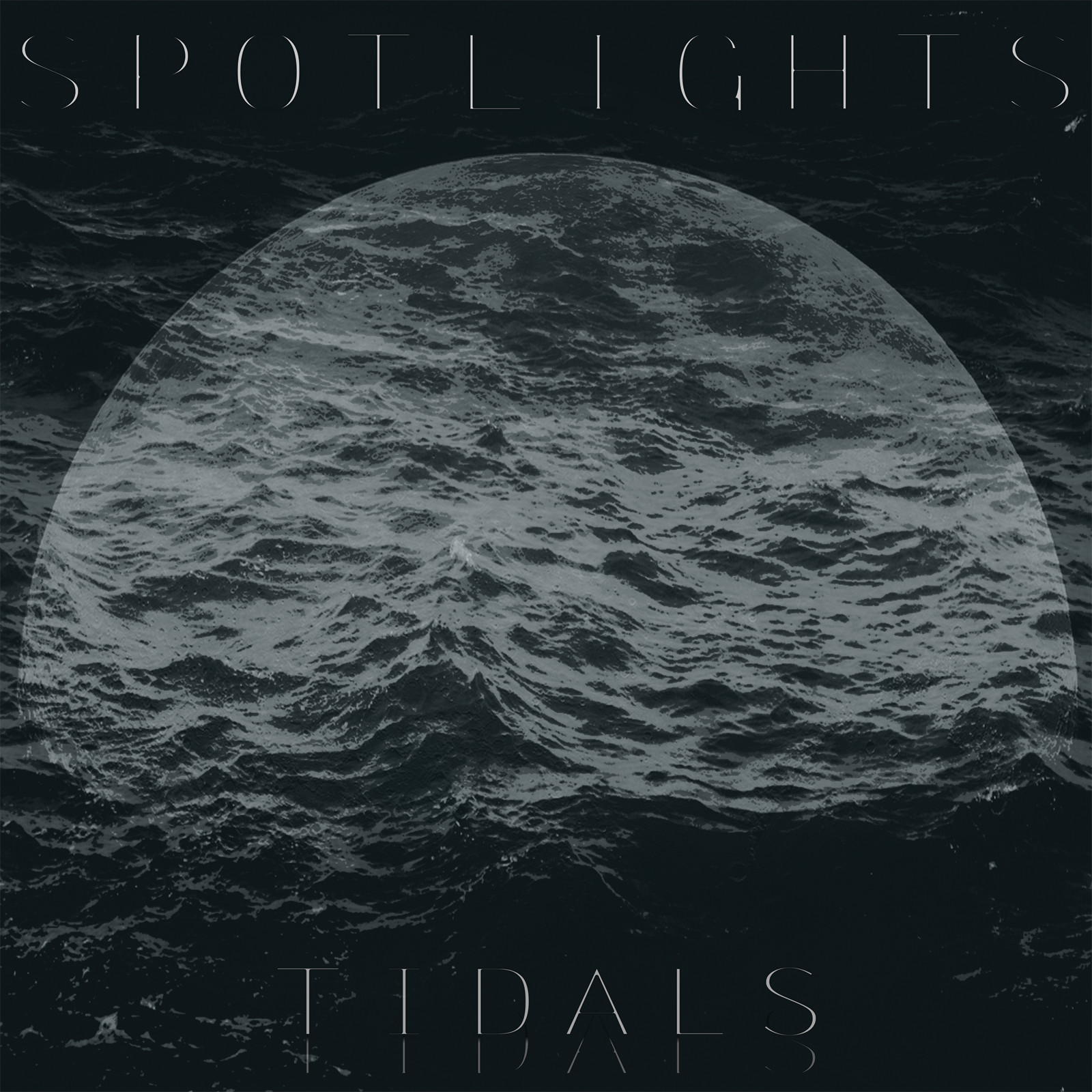
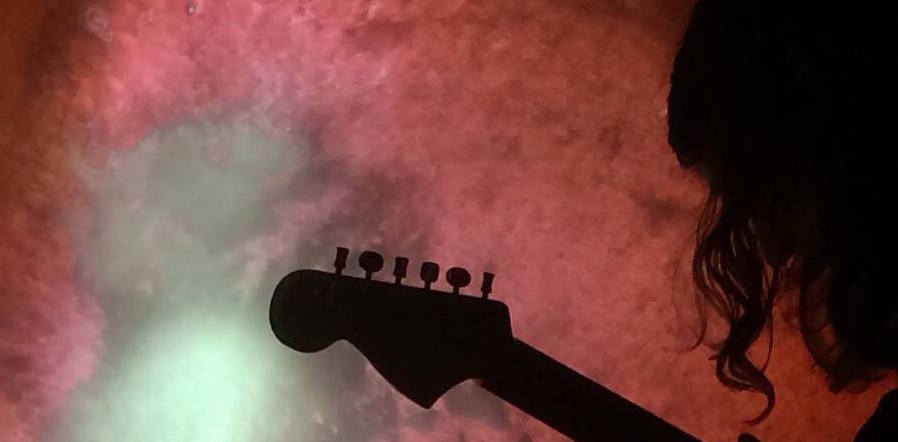

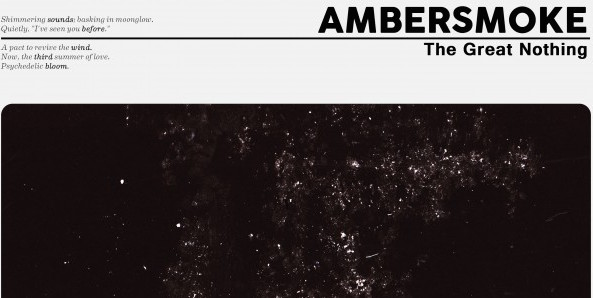
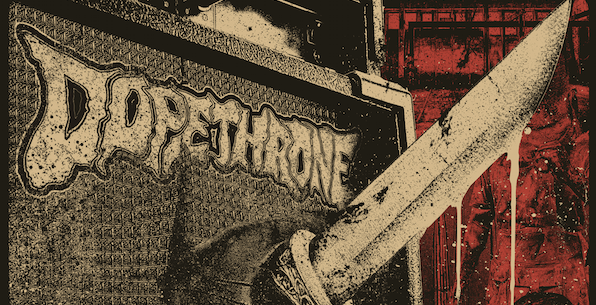


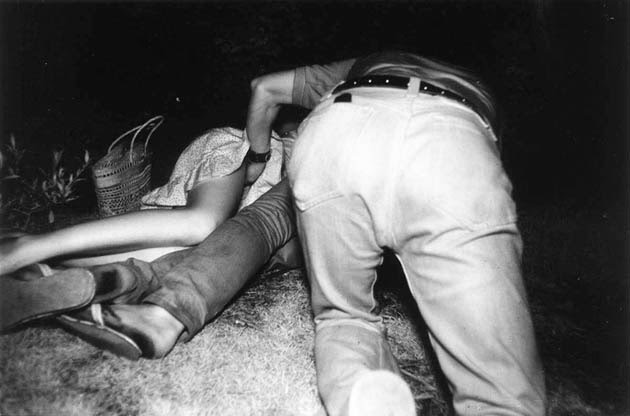
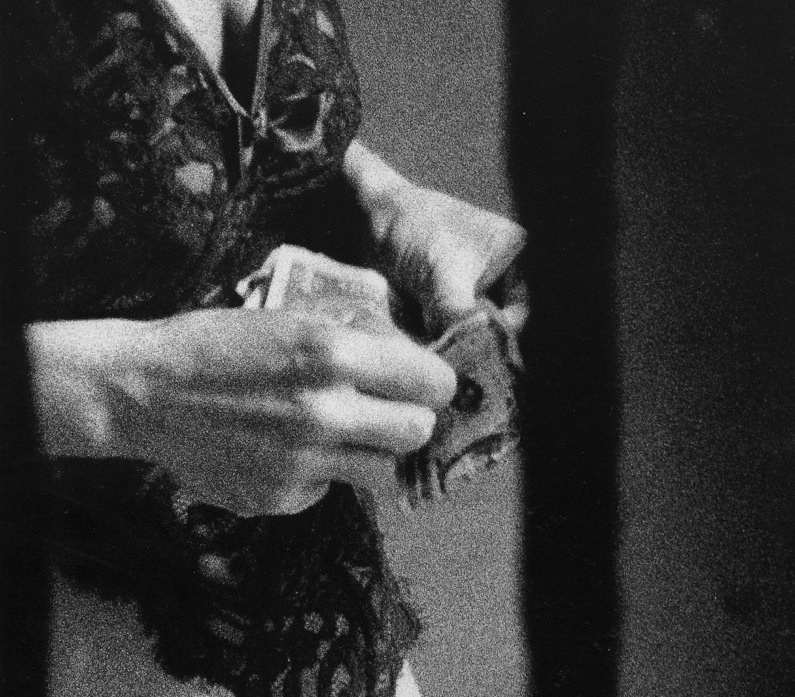



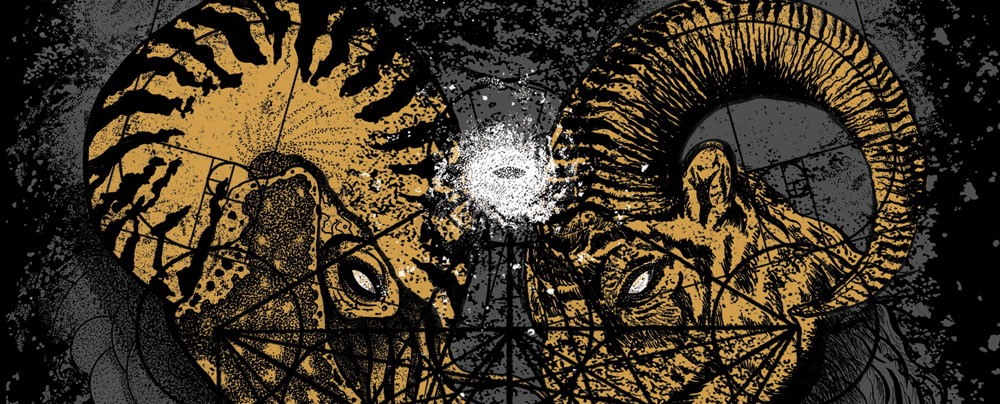

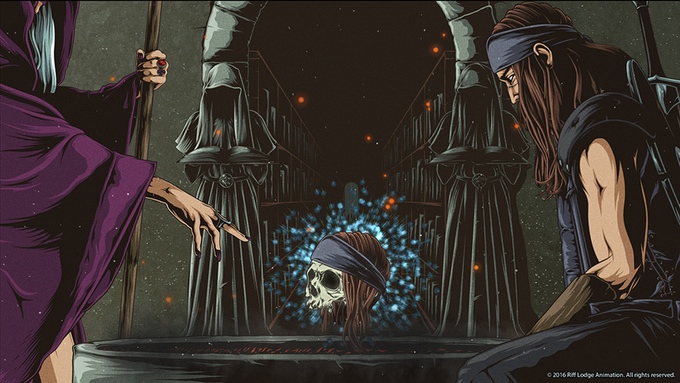
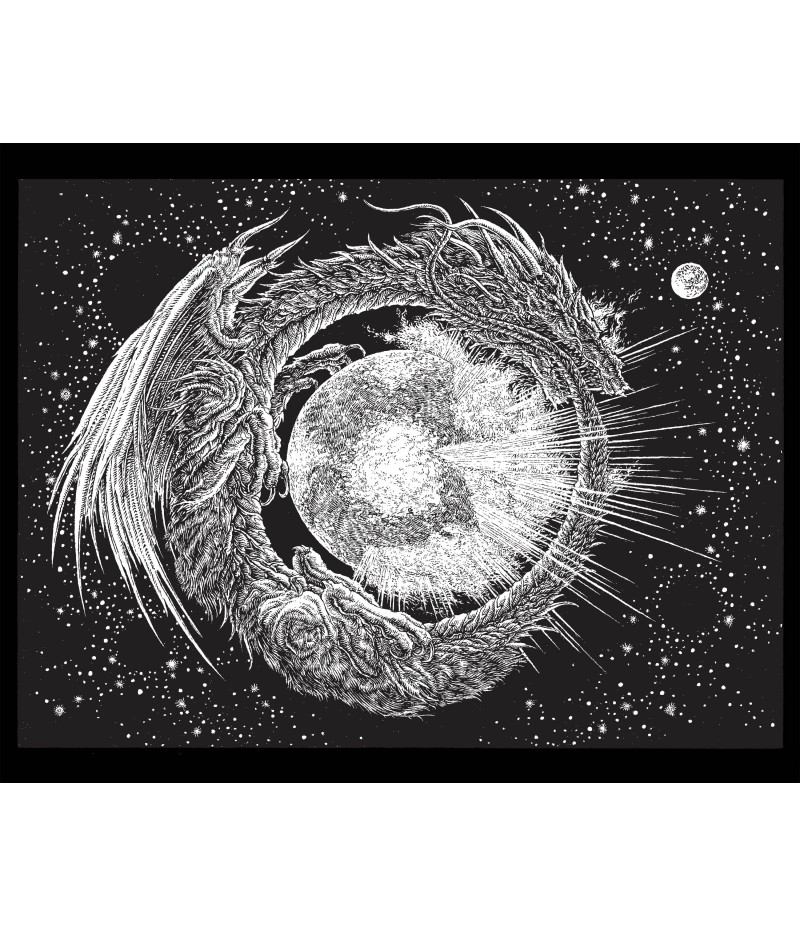



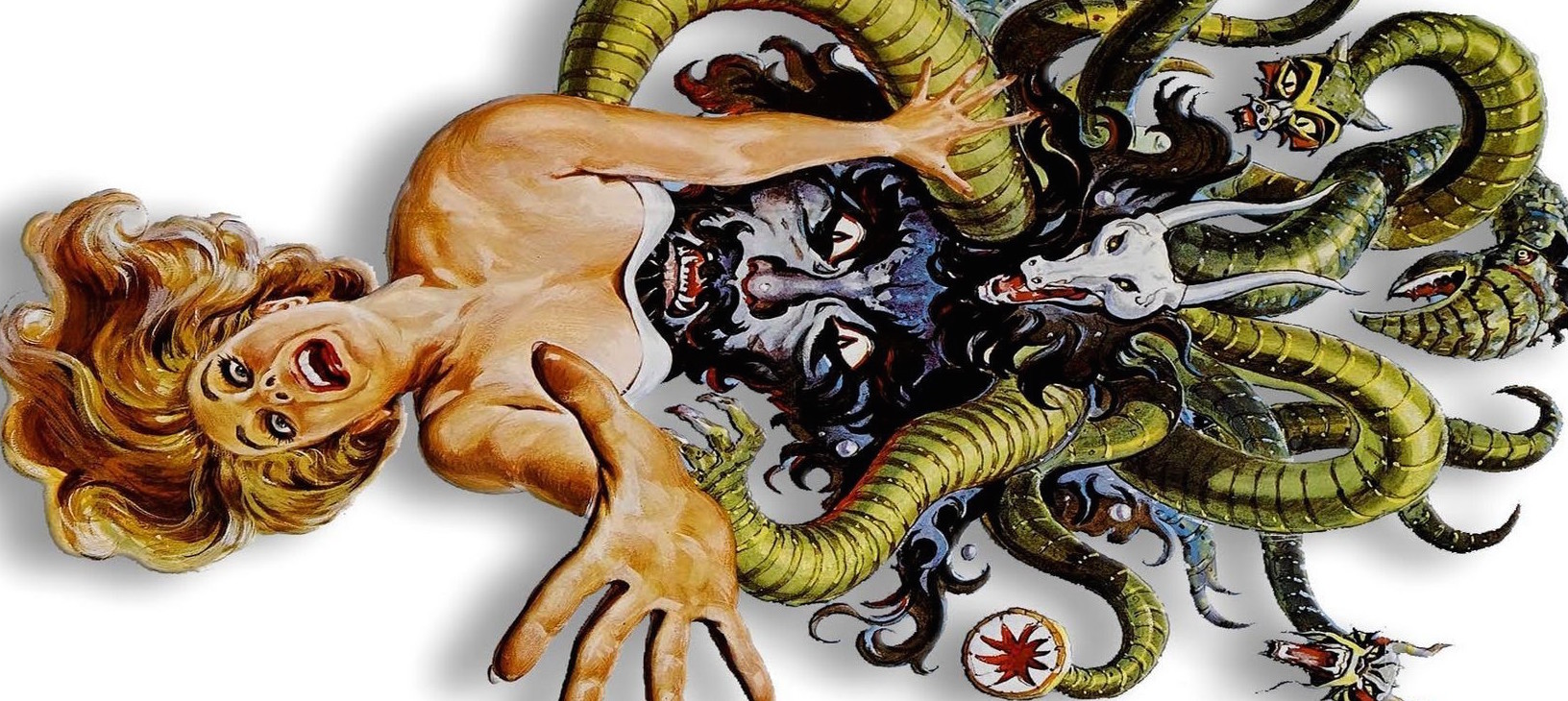

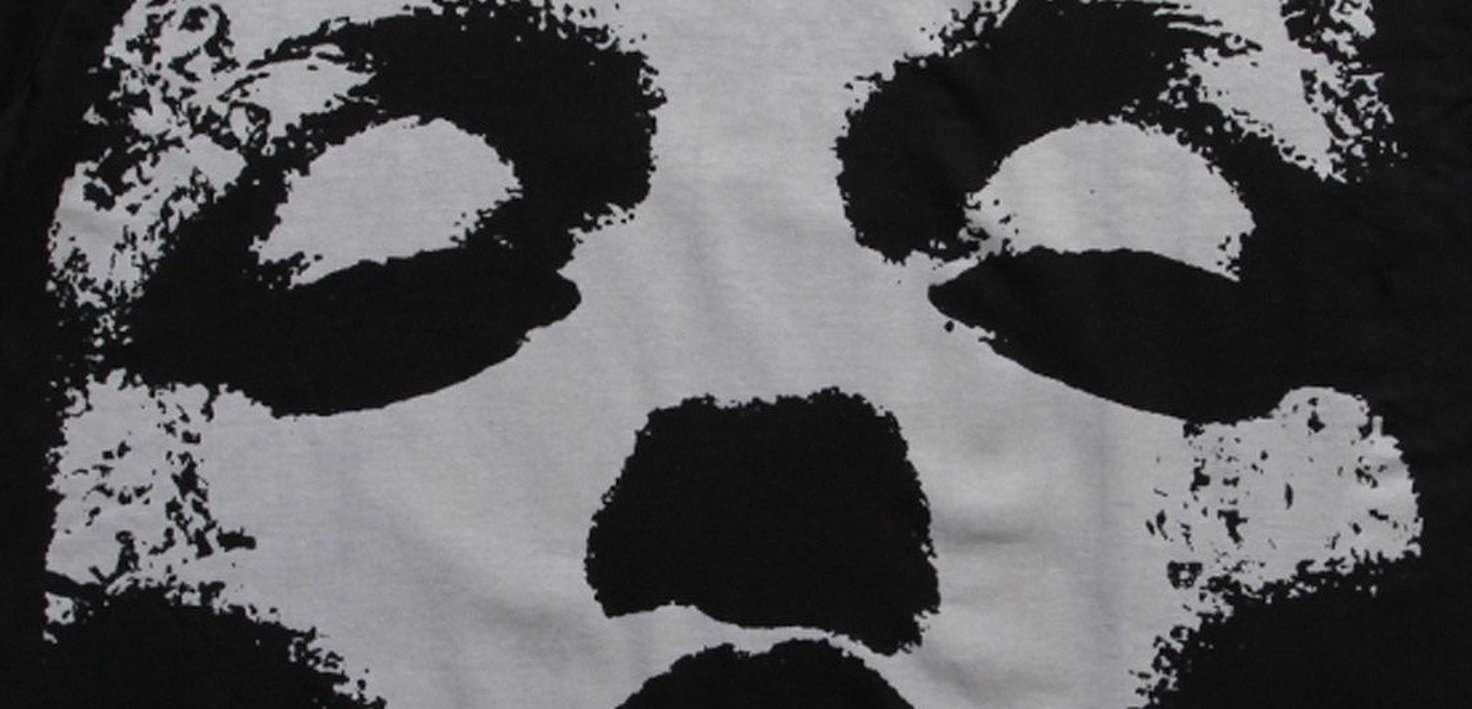


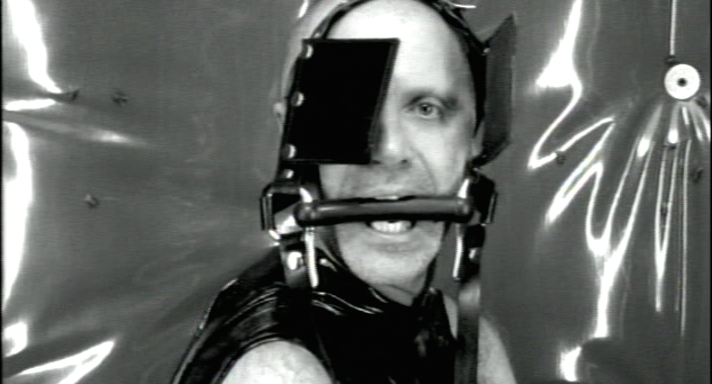

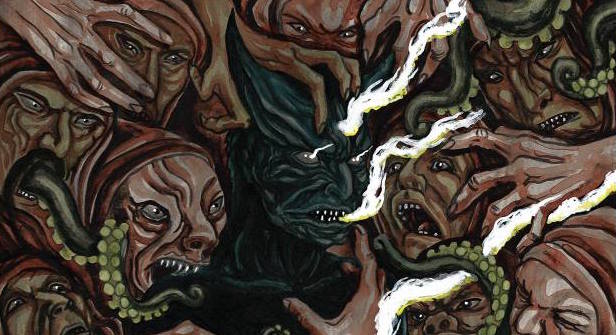














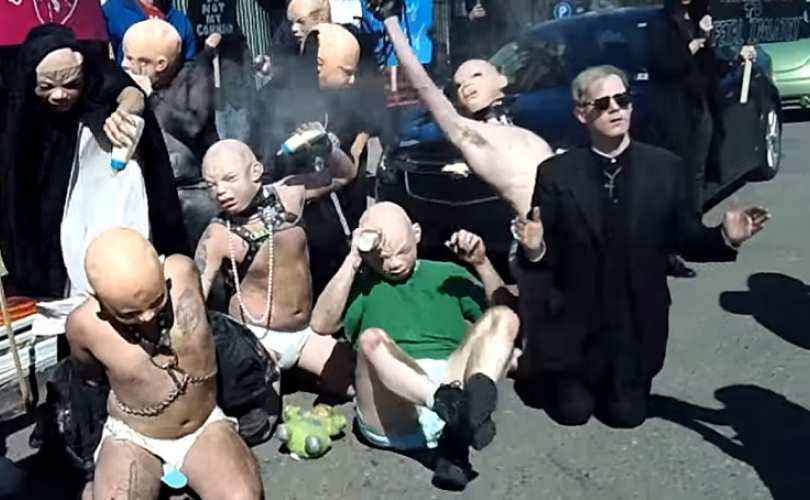






New Comments